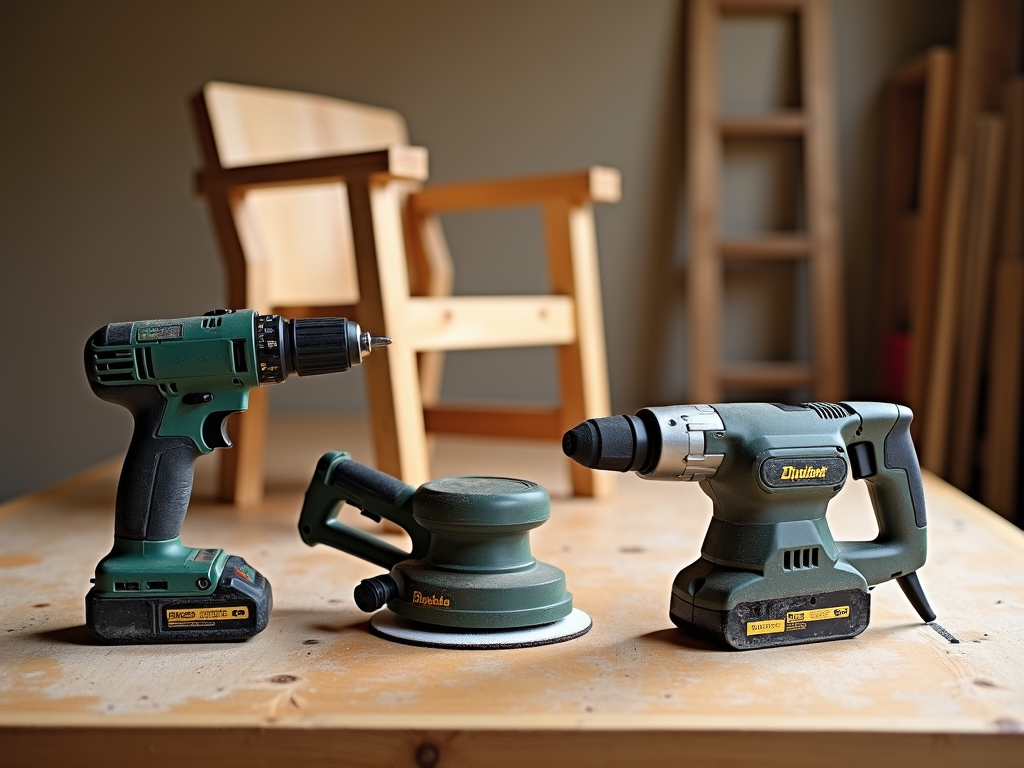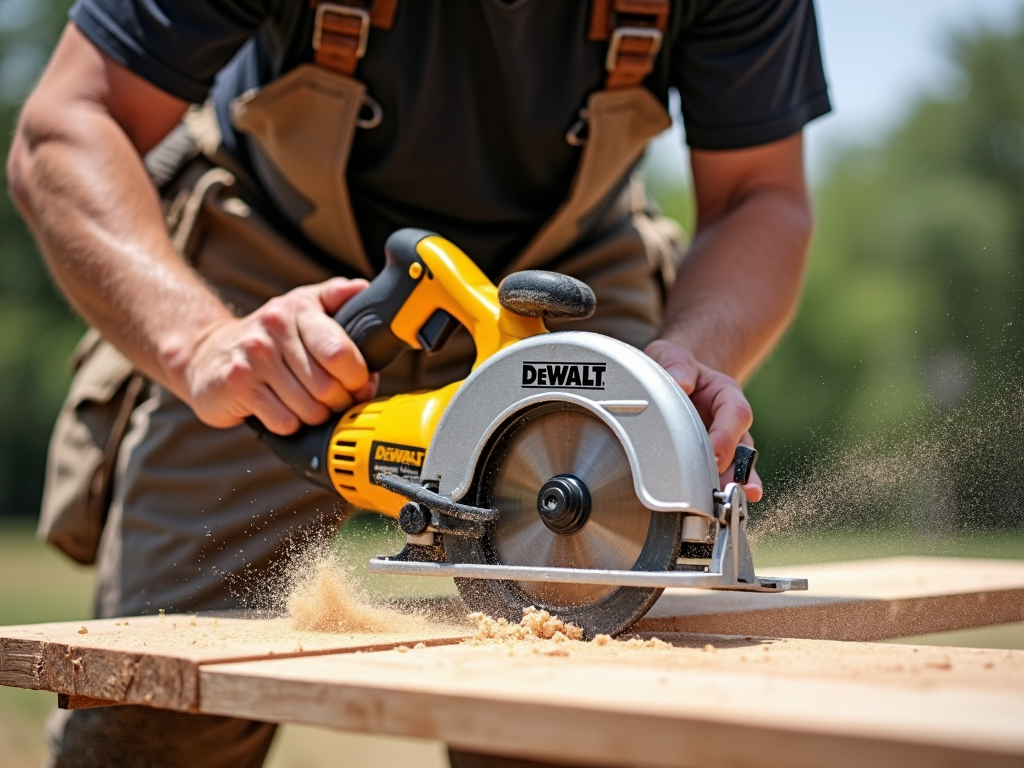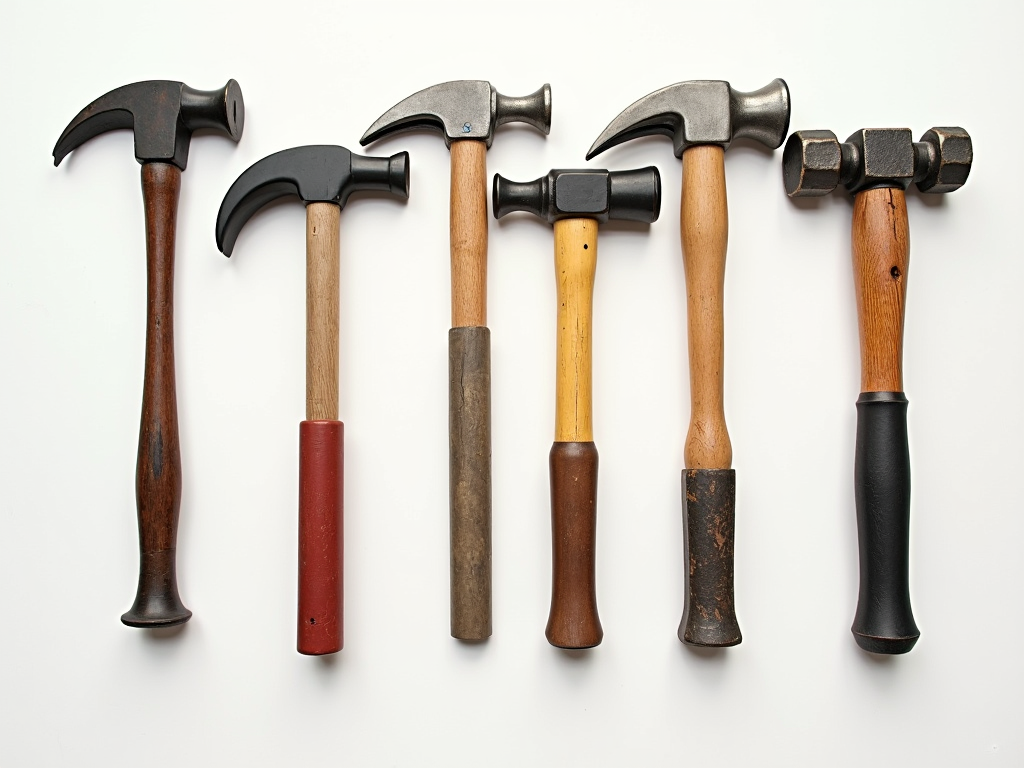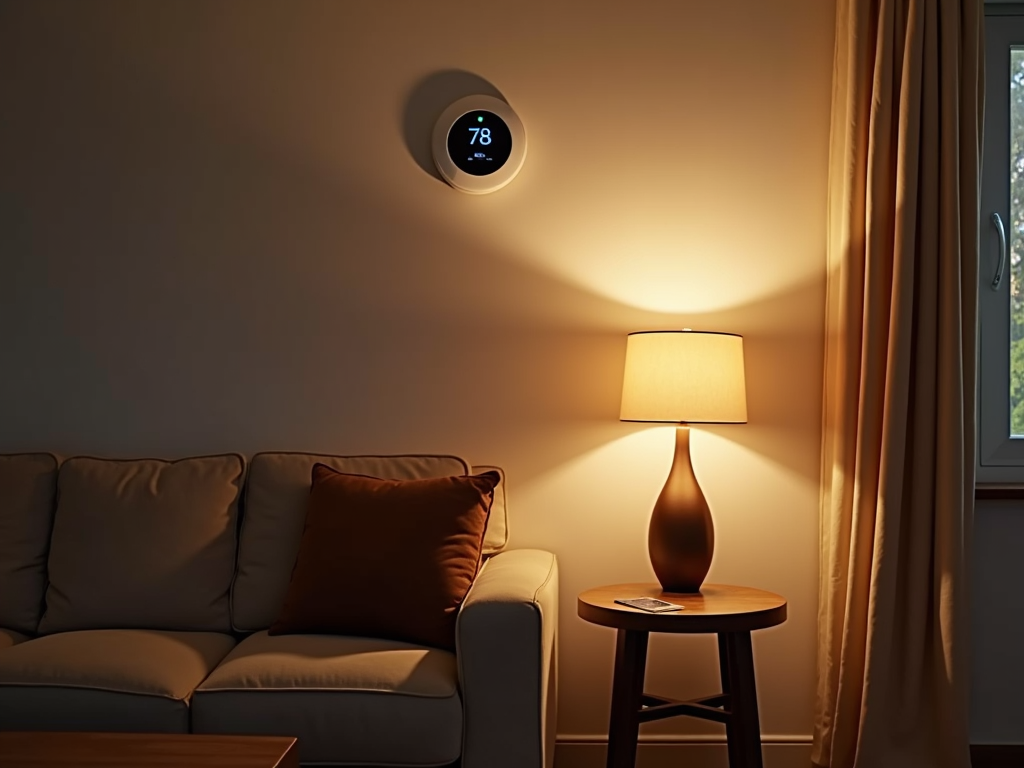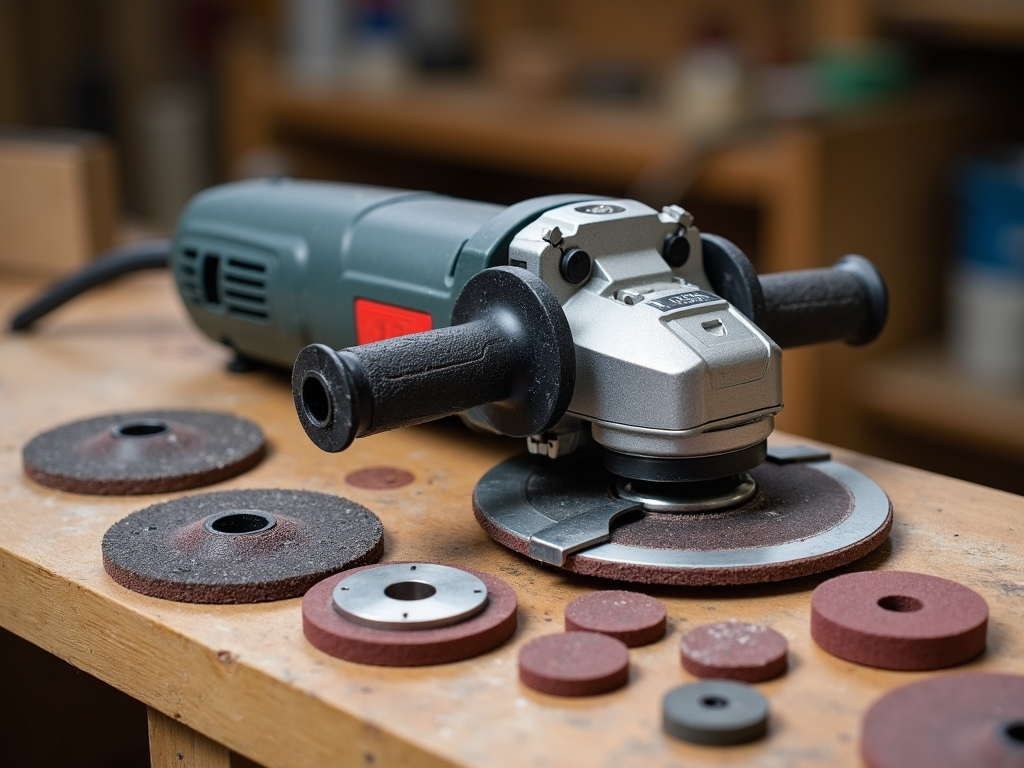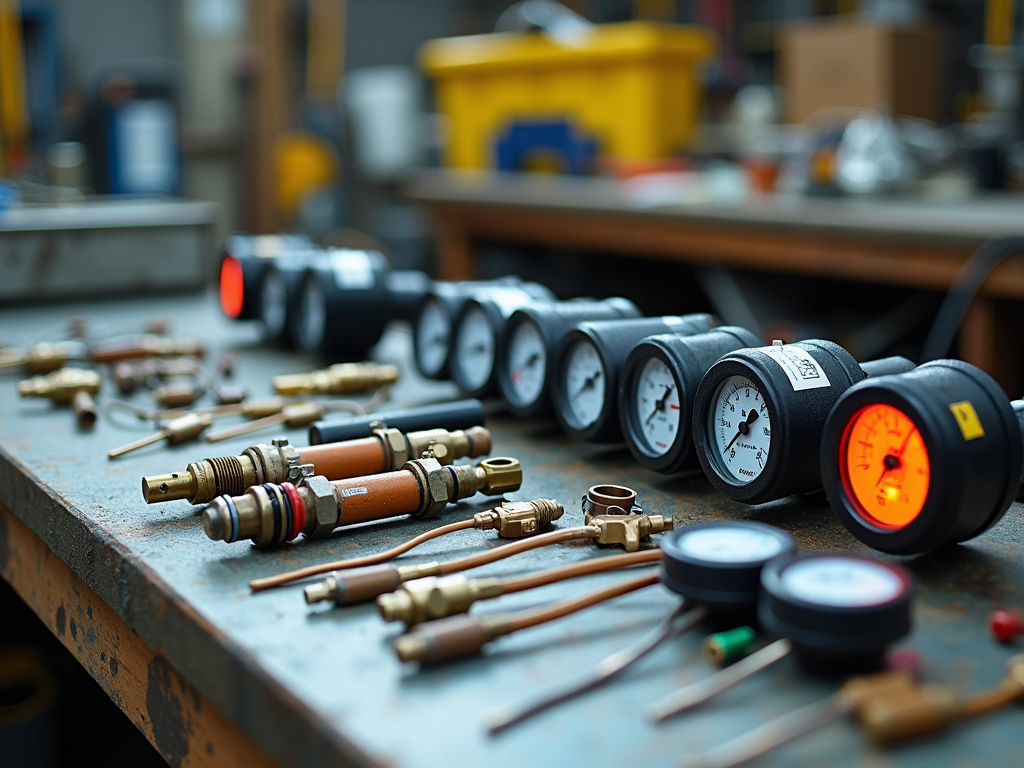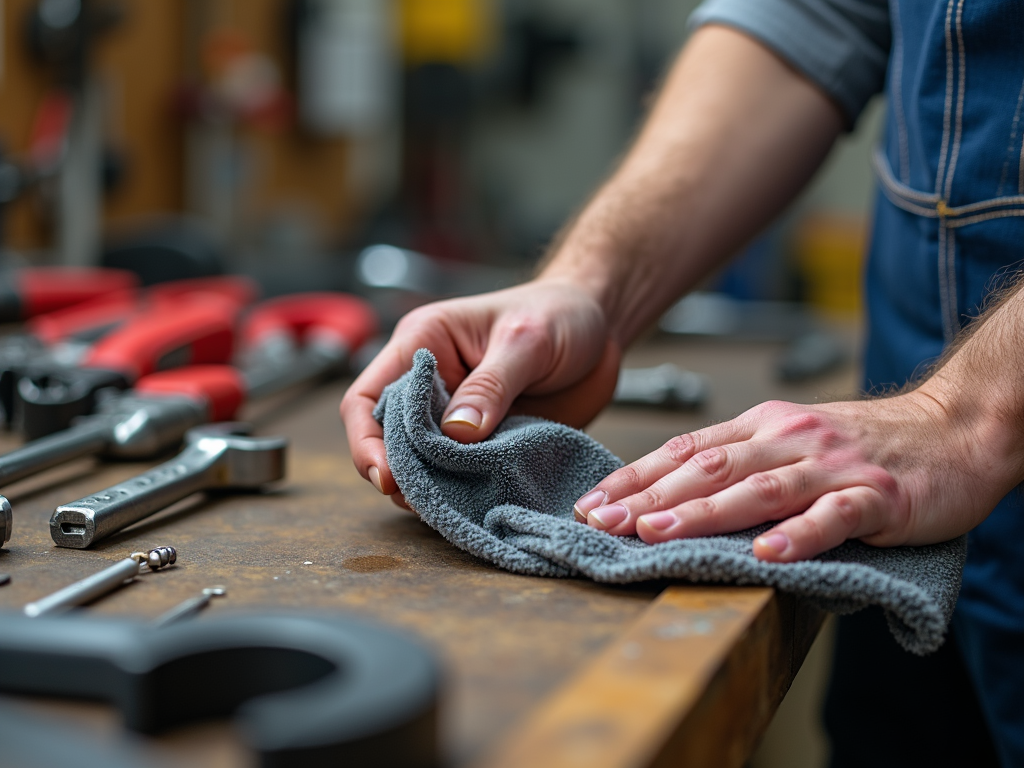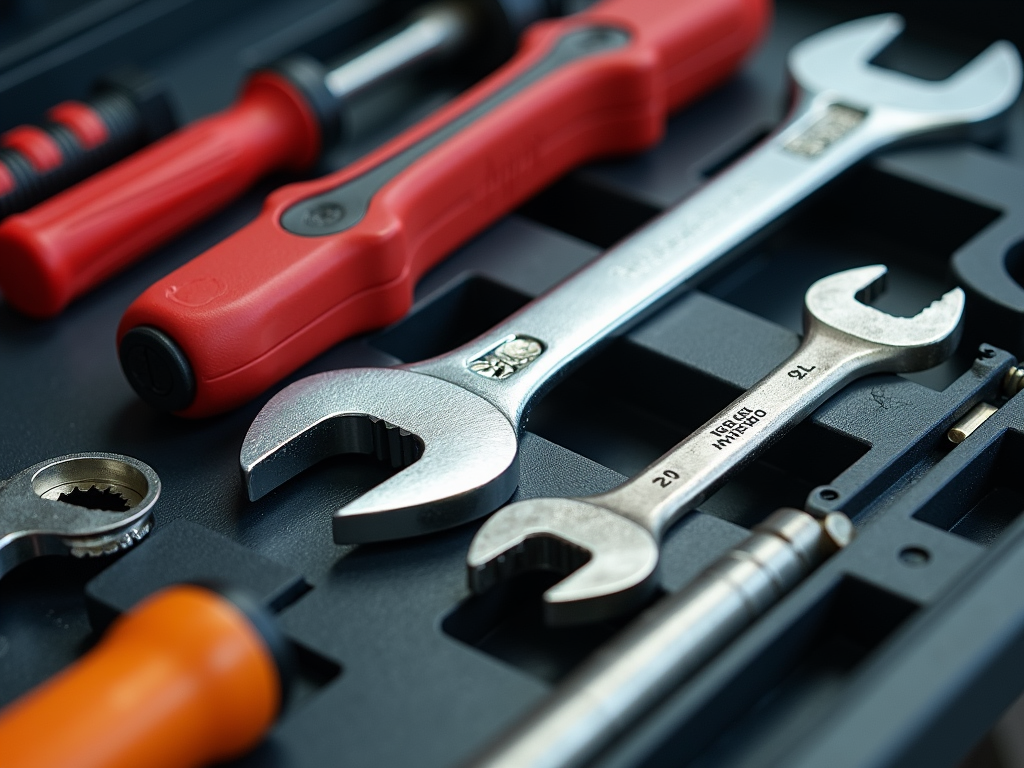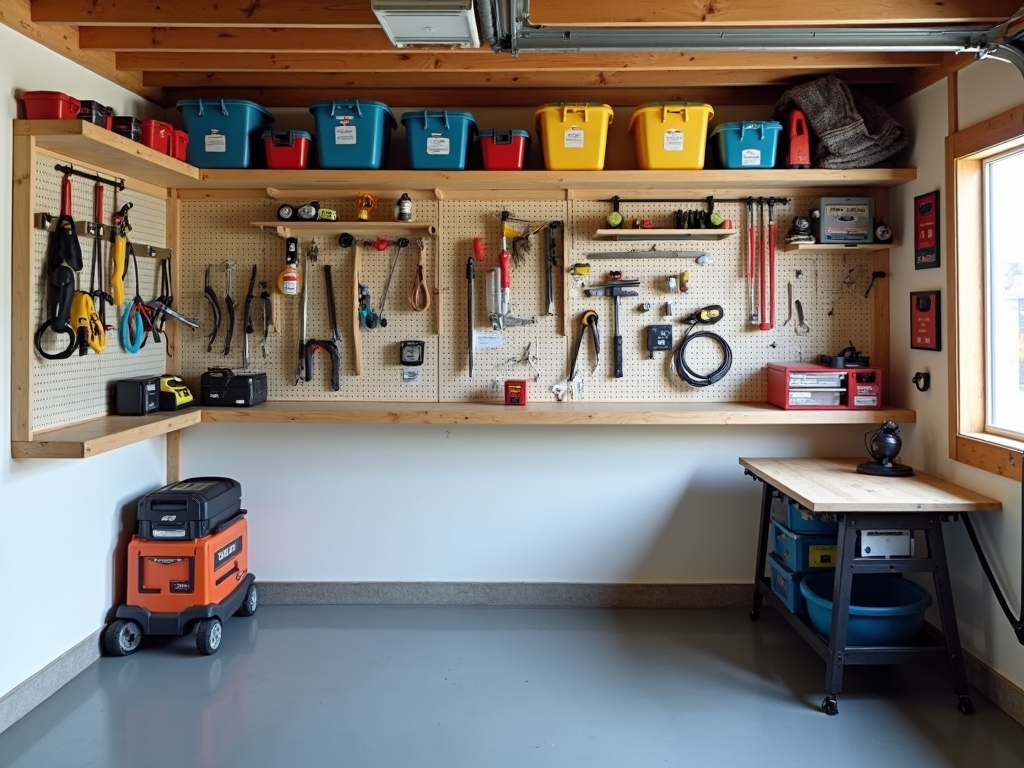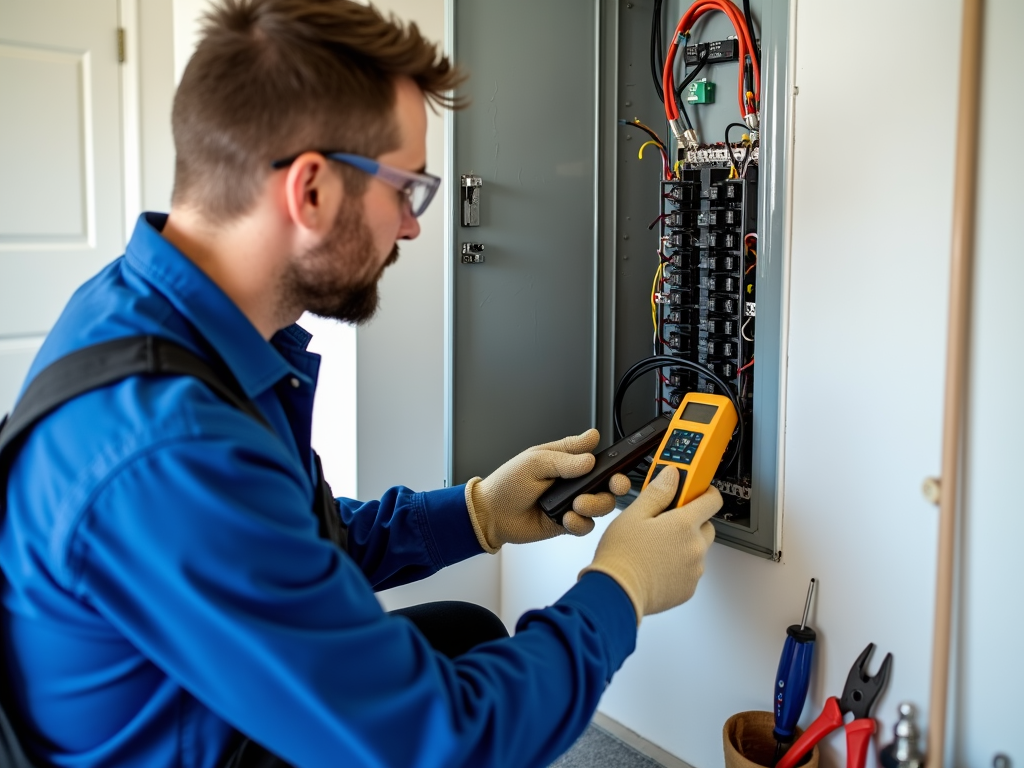Choosing the right drill can be overwhelming, especially for beginners. With so many options available, it's essential to understand your needs and the features that matter most. This guide will help you navigate the world of power tools and find the perfect drill for your projects.
Drills are versatile power tools used for drilling holes and driving screws into various materials. Whether you're a DIY enthusiast or a professional, having the right drill can make your tasks easier and more efficient. In this article, we'll explore the different types of drills, their features, and how to choose the one that best suits your needs.
There are several types of drills to choose from, each designed for specific tasks:
- Corded Drills: These drills are powered by electricity and offer consistent power. They're ideal for heavy-duty tasks and prolonged use.
- Cordless Drills: Powered by rechargeable batteries, cordless drills provide portability and convenience. They're great for projects where mobility is key.
- Hammer Drills: Designed for drilling into hard materials like concrete and masonry, hammer drills combine rotation with a hammering action.
- Impact Drivers: While not technically drills, impact drivers are excellent for driving screws and bolts with high torque.
Understanding the differences between these types will help you select the right tool for your projects.
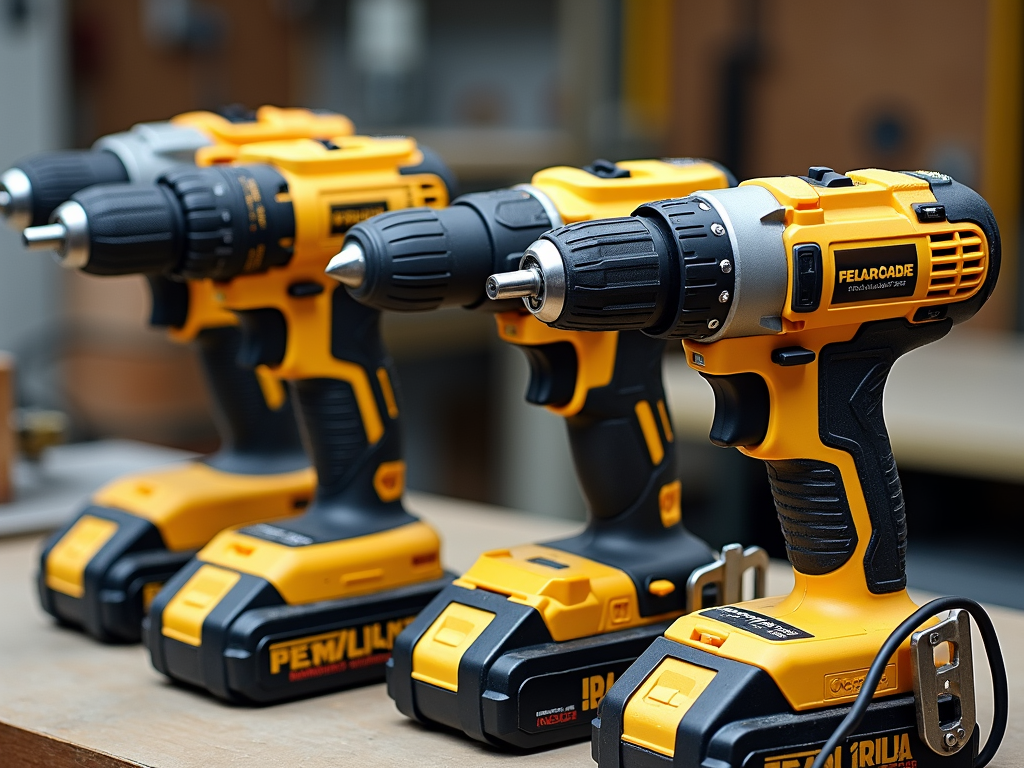
When picking the right drill for your needs, consider the following:
- Project Type: For general household tasks, a cordless drill might suffice. For heavy-duty construction, a corded or hammer drill could be necessary.
- Material: If you're working with wood, a standard drill is fine. For concrete or brick, a hammer drill is essential.
- Frequency of Use: If you use a drill occasionally, a cordless model with a good battery life is convenient. For frequent use, a corded drill ensures you never run out of power.
The power of a drill is measured in volts for cordless models and amps for corded ones. Higher voltage or amperage generally means more power, which is crucial for demanding tasks. However, for beginners, a drill with 12-18 volts (for cordless) or 5-7 amps (for corded) is usually sufficient for most household projects.

When shopping for a drill, consider these features:
- Variable Speed: Allows you to adjust the drilling speed for different materials and tasks.
- Reverse Function: Essential for removing screws and backing out drill bits.
- Keyless Chuck: Makes changing drill bits quick and easy without needing a key.
- Battery Life (for cordless drills): Look for drills with lithium-ion batteries for longer life and faster charging.
Safety should always be a priority when using power tools. Here are some tips:
- Wear appropriate safety gear, including goggles and gloves.
- Ensure the drill is turned off and unplugged (or battery removed) when changing bits.
- Keep your work area clean and well-lit.
- Follow the manufacturer's instructions and guidelines.
As someone who has worked on various DIY projects, I've learned that investing in a quality drill can save time and frustration. My first drill was a basic corded model, which served me well for simple tasks. However, when I started tackling more complex projects, I realized the importance of having a cordless drill for its versatility and ease of use. One tip I can share is to always have spare batteries charged if you're using a cordless drill for extended periods.

If you're new to power tools, start with a drill that feels comfortable in your hands. Practice on scrap materials to get a feel for the tool before starting your project. Also, consider the weight of the drill, especially if you'll be using it for extended periods. A lighter drill can reduce fatigue.
To ensure your drill lasts, proper maintenance is key:
- Clean the drill after each use to remove dust and debris.
- Check and tighten any loose parts regularly.
- For cordless drills, follow the battery care instructions to prolong battery life.
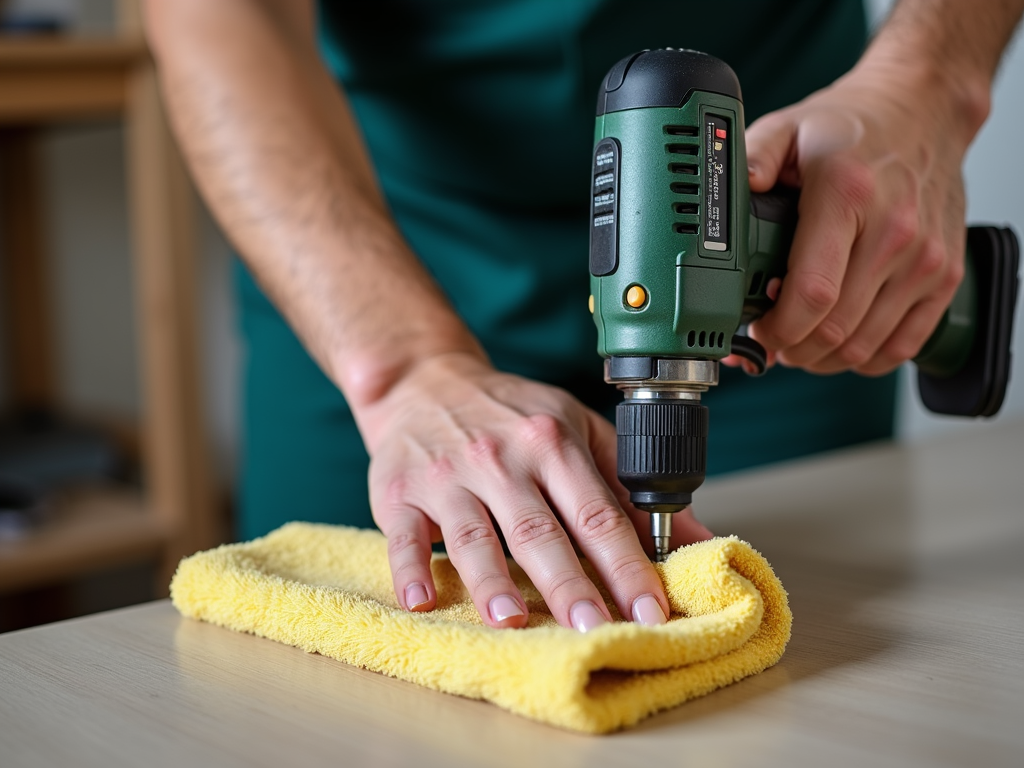
Picking the right drill for your needs doesn't have to be complicated. By understanding the different types, features, and safety considerations, you can make an informed decision. Remember to consider your specific projects and preferences when choosing a drill. With the right tool in hand, you'll be ready to tackle any task with confidence.
In summary, choosing the right drill involves considering the type of projects you'll be working on, the materials you'll be drilling into, and the features that will make your work easier. Whether you opt for a corded, cordless, hammer, or impact driver, ensure it meets your needs and safety standards. Happy drilling!
Related Picking the Right Drill for Your Needs:
- How to Choose the Right Power Tool for Your Project
- Why Dewalt Tools Dominate the Industry: A Deep Dive into Their Success
- How to Use Hammers Safely: Essential Tips for Every Workman
- Smart Home Basics for Beginners: A Comprehensive Guide
- Enhancing Your DIY Projects with Rotary Tools: A Comprehensive Guide
- Understanding Industrial Sensors: The Backbone of Modern Automation
- Essential Maintenance Tips for Workman Tools: Keep Your Gear in Top Shape
- Advanced Tool Maintenance Techniques: How to Keep Your Tools in Top Shape
- Mastering Construction Tools: A Comprehensive Guide to Understanding Their Uses
- Tool Organization 101: Easy Steps for Any Space
- Top Tools for Reducing Workplace Fatigue: Boost Your Productivity and Well-Being
- Safety Tips for Working with Electricity
